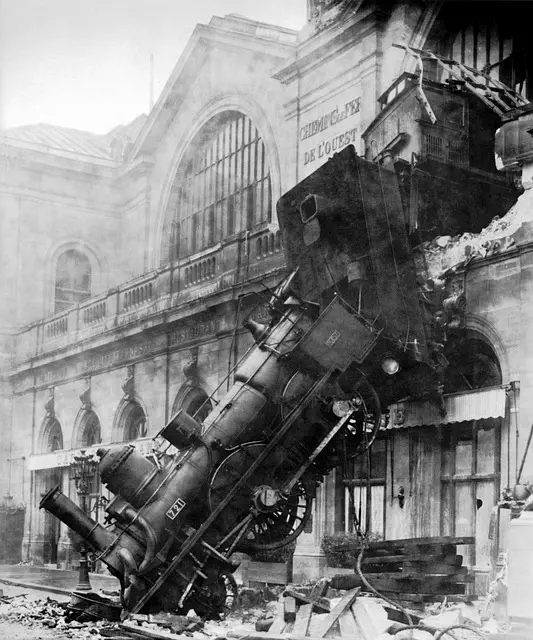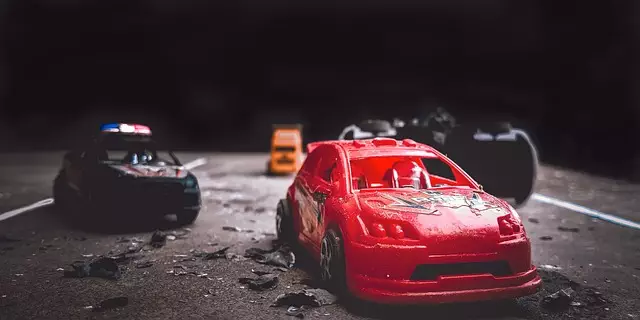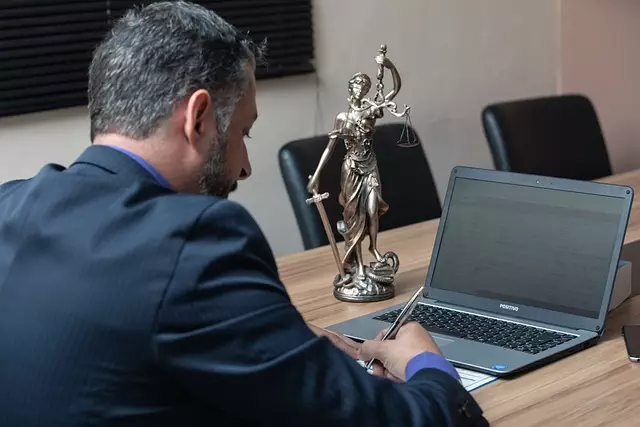Construction sites in The Bronx face unique hazards, with falls leading to significant injuries and fatalities. While economic growth is driven by a thriving construction industry, strict adherence to safety regulations and proper training is essential. New York slip and fall law firms highlight common risks like slippery surfaces, inadequate guardrails, and unsafe ladders, emphasizing the need for preventive measures to ensure safer working conditions. Compliance with local regulations, including those governed by New York slip and fall laws, is crucial for property owners to prevent devastating workplace accidents and protect workers' rights to compensation.
In The Bronx, construction site falls claim countless lives and inflict severe injuries every year. Understanding the heightened risks and implementing stringent safety measures is paramount. This article delves into the common causes of falls on local job sites, dissects New York’s slip and fall law for workers’ rights, and highlights critical safety measures to prevent such tragedies. For expert legal counsel on construction site accidents in New York, turn to a seasoned slip and fall law firm.
- Understanding Construction Site Fall Risks in The Bronx
- Common Causes of Falls on Construction Sites
- New York Slip and Fall Law: Rights and Responsibilities
- Preventing Construction Site Injuries: Safety Measures and Regulations
Understanding Construction Site Fall Risks in The Bronx

Construction sites in The Bronx, like many urban areas across New York, present unique challenges for workers due to their inherently hazardous nature. Falls are one of the leading causes of injuries and fatalities among construction employees, making it crucial to understand and mitigate these risks. According to recent statistics, a significant number of construction site accidents involve falls from heights, which can result in severe injuries or even death.
The Bronx’s bustling construction industry, while contributing to economic growth, also poses specific dangers. From high-rise buildings to infrastructure projects, workers are at risk daily. A New York slip and fall law firm highlights the importance of adhering to safety regulations and proper training to prevent such incidents. By understanding common hazards like slippery surfaces, inadequate guardrails, or unsafe ladders, construction sites can implement preventive measures, ensuring a safer working environment for all employees.
Common Causes of Falls on Construction Sites

Construction sites are inherently dangerous environments, and falls are a leading cause of injuries in New York City. According to recent statistics, many construction site falls result from preventable causes. One of the most common reasons for falls is inadequate safety gear or its improper use. This includes faulty or poorly fitted harnesses, missing or broken guardrails, and slip-resistant shoes not being worn by workers.
Another significant factor is poor site planning and maintenance. Unclear walkways, loose debris, and uneven surfaces can create tripping hazards. Additionally, working at heights without proper safety measures, such as ladders, scaffolds, or fall protection systems, increases the risk of severe injuries. A New York slip and fall law firm often deals with cases where construction sites fail to adhere to local safety regulations, leading to devastating consequences for workers.
New York Slip and Fall Law: Rights and Responsibilities

In New York, construction site falls and accidents are governed by specific legal frameworks, particularly the state’s slip and fall laws. A New York slip and fall law firm can provide insights into the rights and responsibilities of both property owners and visitors, especially in hazardous work environments like building sites. The law recognizes that premises owners owe a duty of care to invitees, including construction workers and contractors, to maintain their properties safely.
If an individual sustains injuries due to a slip or fall on a construction site, they may be entitled to compensation for medical expenses, pain and suffering, and lost wages. A New York slip and fall law firm can guide victims through the legal process, ensuring they understand their rights and receive the justice they deserve. Property owners are typically required to promptly address known hazards and provide adequate warning of potential dangers to prevent accidents and protect those on their premises.
Preventing Construction Site Injuries: Safety Measures and Regulations

Preventing construction site injuries is paramount, given the high-risk nature of the industry. In the Bronx, as in all of New York, strict regulations are in place to safeguard workers and deter negligence. These include mandatory safety training for all employees, regular inspections of equipment and structures, and clear marking of hazardous areas. Construction sites must also maintain proper lighting, implement secure guardrails on rooftops and edges, and ensure the stability of scaffolds and ladders.
A leading New York slip and fall law firm highlights the importance of adhering to these guidelines. By prioritizing safety measures, construction companies can significantly reduce the risk of falls and related injuries. This proactive approach not only complies with the law but also fosters a culture of responsibility, ultimately ensuring a safer working environment for all.
Falls at construction sites are a significant concern in The Bronx, leading to severe injuries and legal repercussions. Understanding the common causes and implementing robust safety measures is key to prevention. Familiarizing yourself with New York’s slip and fall law, especially for construction sites, can protect your rights and responsibilities. By adhering to strict safety protocols and staying informed about regulations, the Bronx’s construction industry can strive to create a safer environment, reducing the risk of accidents and ensuring workers’ well-being. If you’ve experienced a construction site fall, consulting a qualified New York slip and fall law firm is advisable for guidance and justice.
